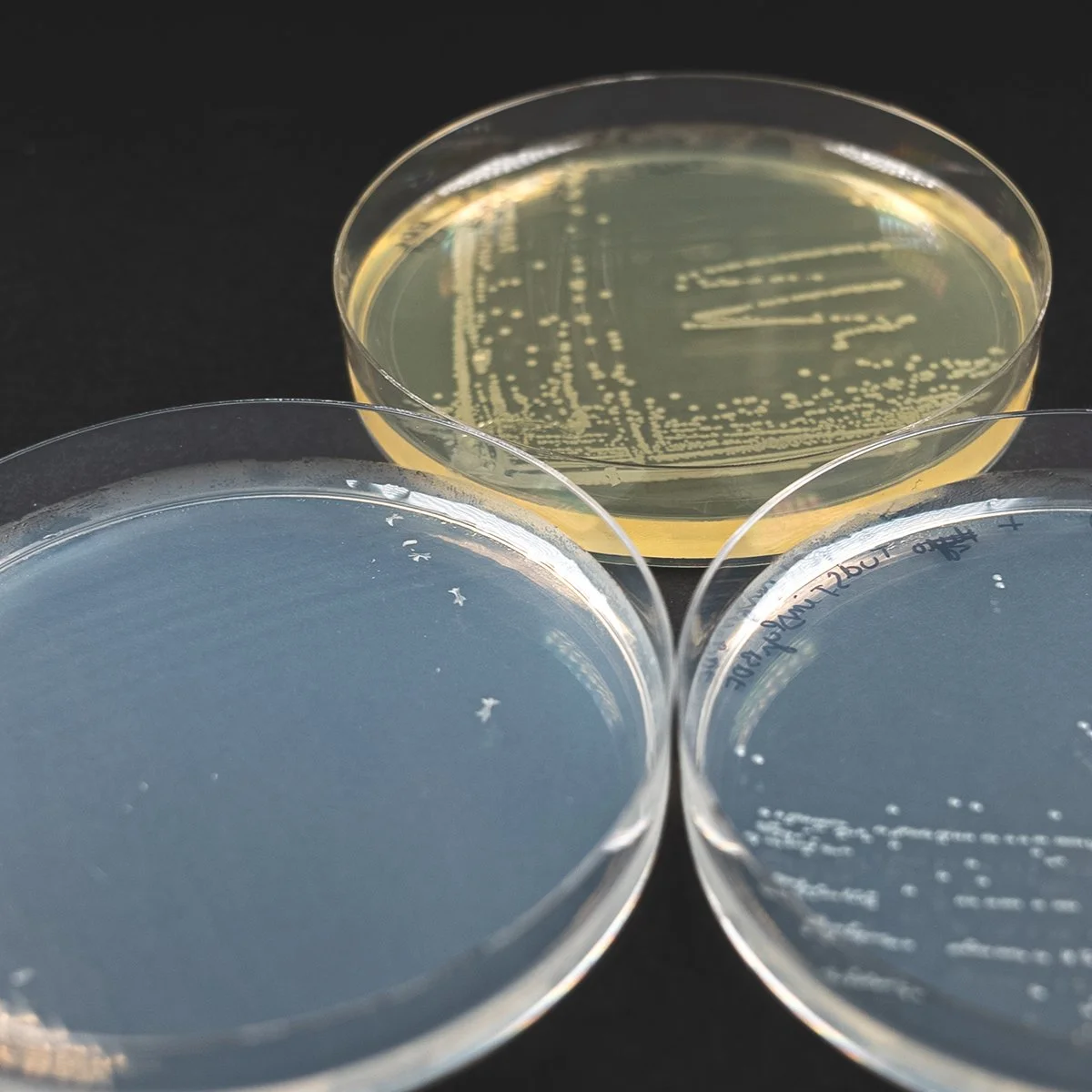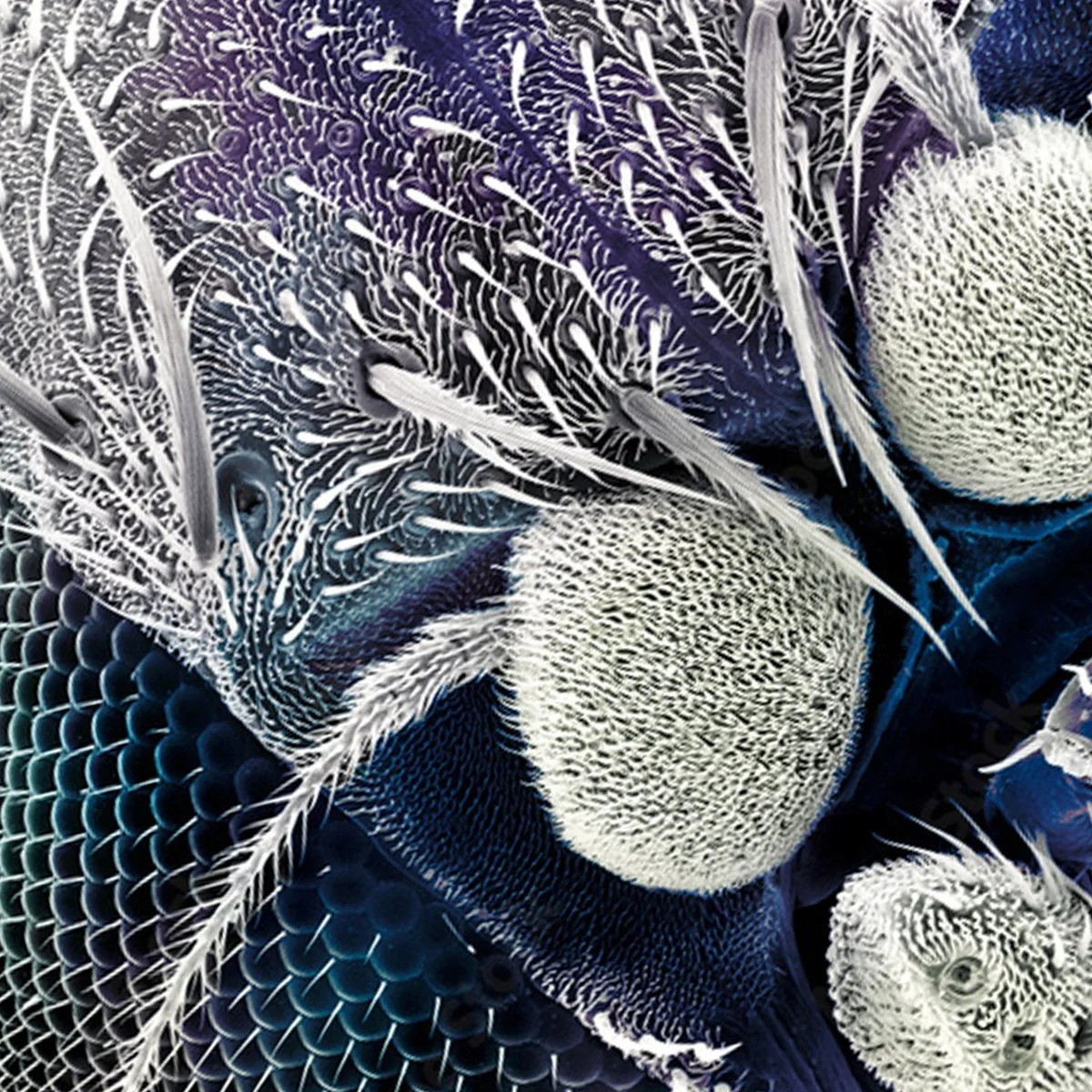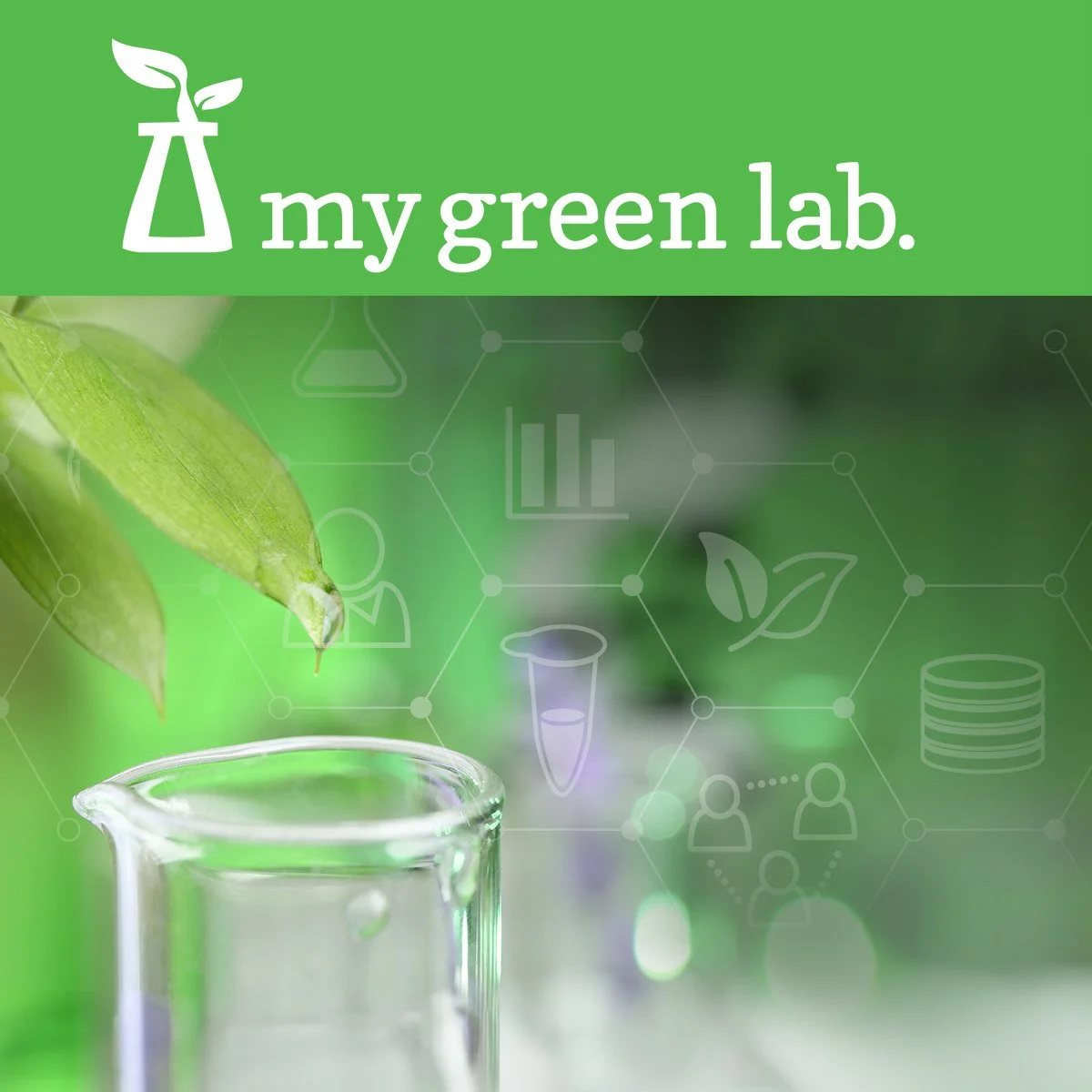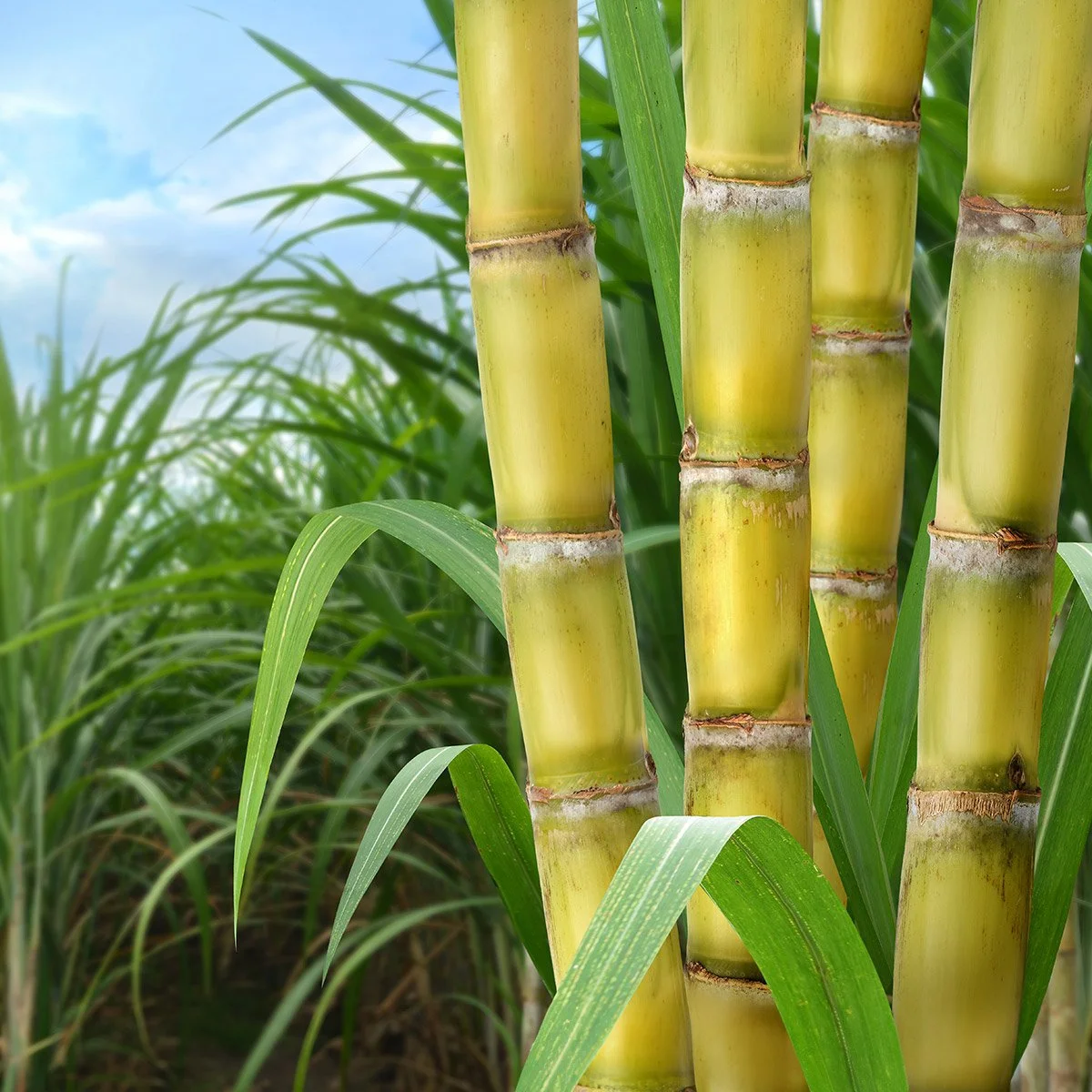Improved efficacies have led to a surge of interest in peptide drugs, classified by the U.S. FDA as biologics. As peptide drug discoveries proliferate, rather than allowing un-sustainable production methods turn the field into a victim of its own success, researchers aim to enhance peptide manufacturing. The bar set for sustainable peptide manufacturing requires it to be faster, cheaper and more environmentally friendly than conventional methods.
The hazards of manufacturing peptides
Researchers are continually exploring the innumerable cell signaling activities performed by endogenous peptides and imagining new uses for synthetic versions. To wit, synthetic peptides are being used for drug treatments, vaccines, antimicrobials, enzyme inhibitors, biomarkers, biosensors, imaging tools and antibody production. Most excitingly, a wave of peptide based drugs have rolled out recently, with 60 drugs approved, and over 150 in active clinical trials. Amongst those are five peptide drug candidates in Phase I clinical trials for COVID-19. Ultimately, the success of any peptide drug depends on industrial scale production for therapeutics delivery to patients.
The peptide target itself dictates the type of synthesis technique used, but Solid-Phase Peptide Synthesis (SPPS) is the most commonly manufacturing method used today. Regrettably, conventional SPPS is not environmentally friendly. The process involves growing peptide chains attached to resin microbeads and requires high volumes of hazardous organic solvent washes. These solvents can make up to 80% of the process waste. High solvent volumes is one sustainability issue. The primary concern is the toxicity of these solvents. For example, the commonly used solvent Dimethylformamide (DMF) is a potent liver toxin. Another, Acetonitrile can be metabolized to form cyanide. To top it off, most of the amide coupling reagents needed to catalyze amino acid bond formation have explosive properties.
Purity is paramount in making drugs. The purification steps involved in peptide manufacturing also have environmental costs. Common chromatography methods require similarly high volumes of toxic solvents. Interestingly, at the Labconscious ZERO OUT LAB WASTE in 2020 event in San Francisco, local scientists speculated that the higher numbers of polystyrene microplastic spheres found in “Biotech Bay” area waters could be associated with cation exchange columns resins, which are often used for purification. Could these resins be reaching the ocean through lab sink drains and water treatment plants?
Organic chemists react with green chemistry
The toxicity, disposal costs and associated environmental concerns have prompted scientists to ask, “Are these risks just the cost of peptide drug manufacturing?”
It may seem like this is so - given peptide drug trends. Juxtaposed to the challenge of making synthesis green is the fact that medicinal peptide targets are boldly trending longer, further increasing the multiple steps required for manufacturing. Peptides greater than 30 amino acids long are the most tantalizing for therapeutic drugs. This presents another obstacle to greening synthesis since the more complex the peptide is, the more challenging it becomes to get a good yield.
Green Chemistry takes into account that replacements for conventional methods must be practical. It balances cost, environmental impact with reaction production yield. The Green Biologics team from the American Chemical Society GCI Pharmaceutical Roundtable authored a great review on the concerning aspects of various peptide synthesis methods and also highlighted innovations. Sustainability Challenges in Peptide Synthesis and Purification: From R&D to Production in The Journal of Organic Chemistry examines how the field has sought to replace common amide coupling reagents, solvents and resins with green alternatives. Practical material innovations include a handful of greener amide coupling reagents, and a biodegradable, e poly-ε-lysine resin called SpheriTide, which is less compatible with green solvents than other resins. The authors also cover the pros and cons of several alternative synthesis methods. According to this review there has been some improvements but no widely accepted solutions for automated peptide manufacturing.
Yet, some methods have made great environmental strides. For example, the Molecular Hiving technique has brought liquid phase peptide synthesis back into the spotlight. It uses a hydrophobic tag similarly to how resin is used for SPPS, but only 1/10 the volume of organic solvents and 1/4 the volume of amino acid coupling reagents. Microwave peptide synthesis is both faster and greener, and one-pot coupling can take half the time and reduce total chemical waste by 66% according to the manufacturer of a automated microwave peptide synthesizer. In my humble opinion the most fascinating efforts in peptide synthesis are in micellar chemistry that use water as a solvent. These various greener approaches work for specific peptide target lengths. These are clear improvements - with the caveat that metrics to measure the environmental impact of any peptide synthesis process still need to be established.
Biobased Solvents
Chemical Industry news stories proclaim biomass feedstocks as emerging resources for medicinal peptide synthesis, brought into focus by interest in sustainability. Researchers involved in the European Resolve project aim to replace hazardous solvents with safer bio-based alternatives that maintain technical performance. Resolve is a university research consortium funded by the EU. Off shooting from this research is Bio Base Europe, which is slated to open the iFermenter Pilot plant by 2022, to cost effectively produce high value products, including medicinal peptides, using genome edited microbial cells fed by recovered sugar streams from industrial forestry pulp. Independently, the Australian company Circa Group has developed Furacell™ an improved biomass pyrolysis technology to take cellulose based feedstocks (sawdust, pulp after sugar cane extraction, straw, etc) and produce Cyrene, a promising bio based solvent replacement for replacing DMF in medicinal chemistry. Circa Group has partnered with Merck and academic research labs to explore Cyrene’s potential. Biobased solvents generated via thermochemical processing are a step in the right direction that will hopefully become more popular.
Leaping towards greener peptide biosynthesis using a new platform
Some of the long peptide/small protein drugs produced today, such as insulin, necessitate recombinant biotechnology to manufacture. Superficially, bioreactors culturing recombinant bacteria, yeast, or sometimes mammalian cells, are more labor intensive and time consuming than chemical synthesis. It’s a finicky process to develop. Everyone who has dabbled in synthetic biology has faced off against protein solubility. Then some peptide product can be toxic to the organisms producing it. The organisms themselves produce proteases to confound the yield. Ouch! It’s not easy to perfectly replicate nature’s peptide synthesis in a lab.
On the other hand, conventional chemical synthesis of longer peptides / small proteins is still very much cost prohibitive - there is room for improvement!
Numferm is a German biotech start up with the first secretion technology for gram-negative bacteria, ready to be applied to commercial peptide drug manufacturing at the ton scale, with no peptide length limitation. The use of their NUMAtag recombinant fusion for peptide synthesis is intriguing. Their most recent publication Scale-up of a Type I Secretion System in E. Coli Using a Defined Mineral Medium (2020) Biotechnol Prog models a bioreactor culture of E.coli yielding 540 mg/L. The NUMAtag is based on the hemolysin A (HlyA) type I secretion system (T1SS) of E. coli. The concept is that NUMAtag has three functions. It catalyzes transport out of the bacteria, away from proteases, into the culture supernatant. It increases its solubility and it prevents the peptide from interacting with the bacteria. Importantly, the NUMAtag can be removed to leave 100% sequence-identical peptides for therapeutics. Numferm has stated that the their platform can reduce manufacturing costs 50X and reduces carbon footprint by 90%.
“We can significantly reduce the carbon footprint. The production of 1 kilogram may require more than 25 tons of raw materials, of which some are very toxic. Our bioprocess only requires a few hundred kilograms of non-toxic feedstock.”
-Numferm
via The Community Research and Development Information Service (CORDIS)
BRAVO NUMAFERM! 👏
The lovely part about discovery is imagining how a new drug will help people. The reality check is that a new peptide drug isn’t useful if you can’t find a way make high quantities of it. Reducing hazardous materials and costs in production and purification are generally even less exciting after thoughts. Scientists, please let us know your take on peptide synthesis in the comments.
Thank you for being labconscious!













